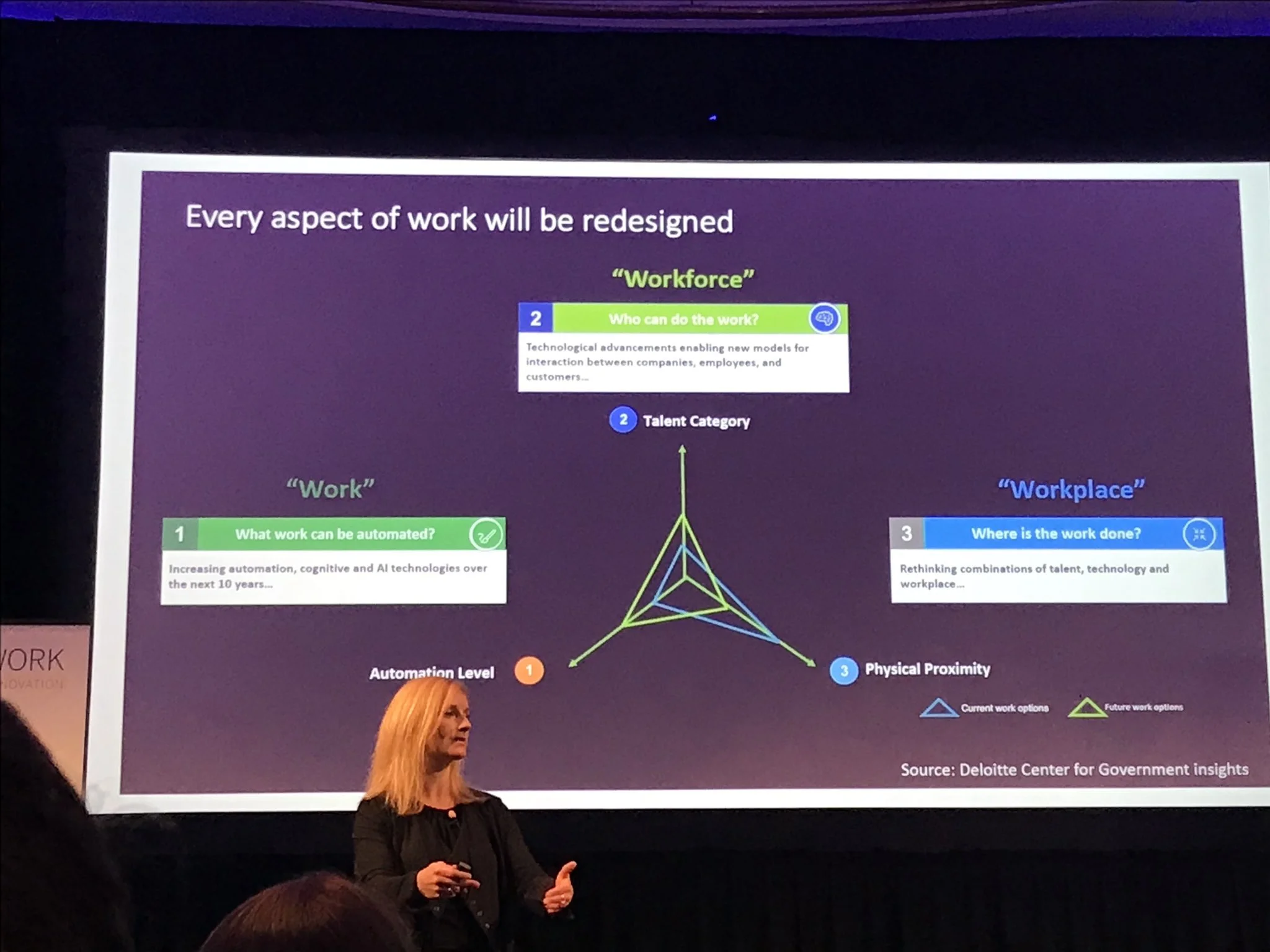Now this statement alone may give many of you pause since Open Government is about “openness” and not standardization. But the two are not mutually exclusive. Economies of scale are accomplished because as production increases, the cost of producing each additional unit falls. If we don’t work to standardize the process of and tools required to produce additional units (whether they be blogs, wikis, or other Gov 2.0 tools), the same barriers to entry and costs will exist for each new effort (i.e. development of policies, security plans, employee training, etc). Some examples of standardization already exit. GSA’s negotiated terms of service have provided Federal-wide standardization to most Agencies that desire to use web 2.0 platforms. Whenever you sign up for a social media service (facebook, twitter, etc…) you agree to their terms of service when you register. The terms of service are often seen by legal departments as a “contract” with that tool owner. With the negotiated terms of service, GSA has done the work to provide a standard “contract” that government agencies can use when utilizing these social media tools. Thus, each legal department doesn’t have to struggle through this issue each time a new tool surfaces; GSA has provided a standard that makes development much quicker and easier. Apps.gov is one example of using standards to create economies of scale across the government.
Also, many Agencies have developed Agency-wide use policies that give guidance to employees. However, more standardization can be encouraged at the Agency level that will reduce the barriers to entry for emergent programs and thus accomplish economies of scale.
(Note: Originally posted on the Phase One Consulting Group, Government Transformation Blog when I was an employee there. www.phaseonecg.com/blog)




